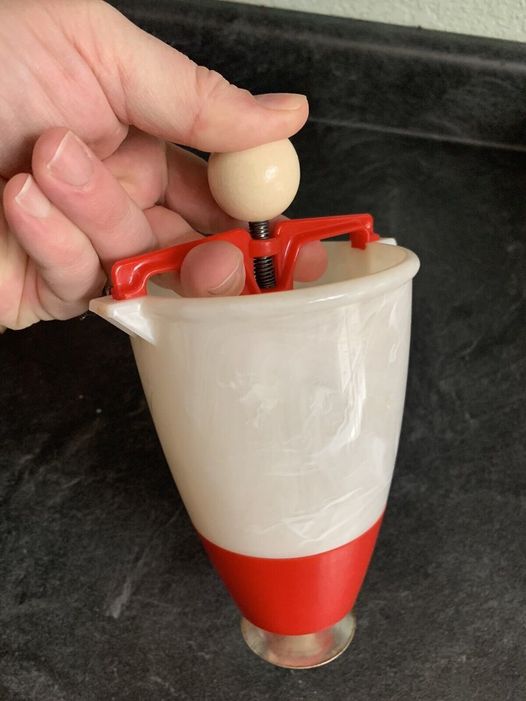History of the Vintage Donut Maker
The vintage donut maker represents a nostalgic piece of culinary history, evolving from early 20th-century innovations in home kitchen appliances. Originating in the United States during the mid-20th century, these compact devices were designed to simplify the process of making donuts at home, traditionally a labor-intensive task.
Usage and Functionality
Vintage donut makers typically featured cast iron or aluminum molds with a heating element enclosed within a compact housing. These appliances allowed users to pour batter directly into the molds, which would then cook the donuts evenly on both sides. The process was straightforward: fill the molds, close the lid, and within minutes, freshly baked donuts would emerge, golden brown and ready to enjoy.
Legacy and Popularity
During their heyday, vintage donut makers offered households a convenient way to replicate the beloved treat from bakeries and cafes. They became a staple in many kitchens, particularly during periods when home baking was celebrated. The donut maker’s simplicity and efficiency appealed to homemakers and baking enthusiasts alike, contributing to its enduring popularity.

Leave a Reply